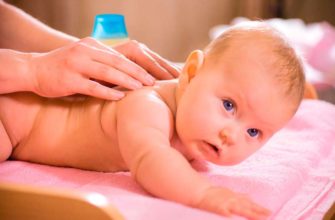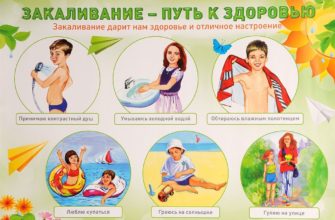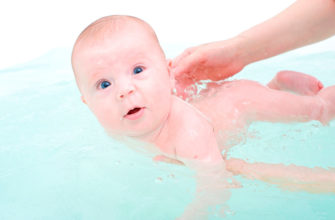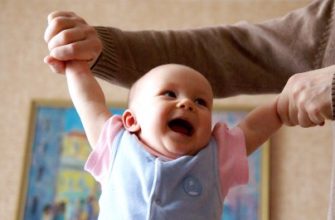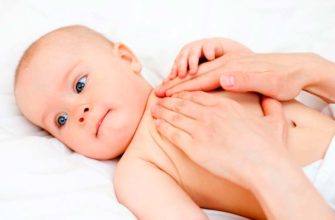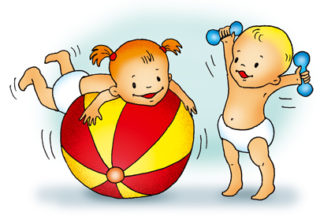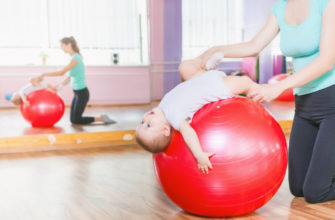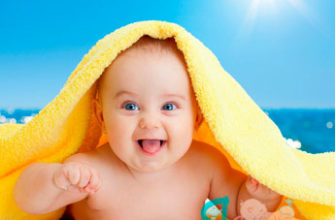Hardening with air is the most optimal method of strengthening the health of a child. The need for fresh air in babies is higher than in adults. Accordingly, children, especially up to a year, are more sensitive to oxygen. It is noticed that children who are not used to constant walks, who are in the stuffiness of unventilated rooms, eat poorly, are lethargic, and feel discomfort in their tummy.
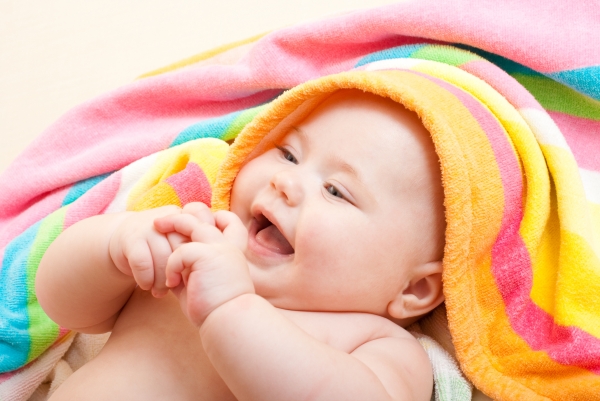
Why is it necessary to be tempered?
During hardening:
- the immune system is strengthened, thereby causing the child's immunity to viral diseases.
- adaptation of the child’s body to changes in the environment is faster.
- metabolism is normalized.
- thermoregulation is getting better.
- the vascular reaction of the body to a change in the environment returns to normal.
- sleep and appetite are restored, the general condition of the child is improving.
When to start hardening?
Hardening must be carried out almost immediately after the birth of the baby, subject to the following conditions:
- the child must be healthy;
- the general condition of the baby is satisfactory: sleeps calmly, has a good appetite, an increase in weight is observed, which corresponds to age;
- the local pediatrician has given you permission to harden.
Learn more abouthow to start tempering newborns
Types of air hardening

Air baths
You can begin to temper already from the first days of life, arranging the baby air baths. While in the hospital, the first hardening is carried out when changing the child's clothes: they leave him without a diaper and clothes for several minutes. In this case, the temperature in the chamber is taken into account, it should not be lower than 22-23 degrees. Since the baby just left the environment, where the temperature is much higher, even conditions that are comfortable for an adult can be unacceptable for the crumbs.
The following procedures should be carried out regularly, gradually lowering the temperature in the room and increasing the duration of hardening. The first 6 months they are done twice a day, starting from 3 minutes and gradually adding 1-2 minutes. The maximum duration of the procedures should be 10-15 minutes. After 6 months, they continue to take air baths in the same mode and add another 2 minutes to each procedure, reaching 15-30 minutes of training. The temperature is gradually reduced from 22 degrees to 18-20.
Airing a room
To create the optimum temperature in the room you need to regularly ventilate it. Fresh air is necessary for the child to develop correctly.Children need oxygen several times more than adults, so in the warmer months it is better if the window is always open (naturally, make sure there are no drafts), and in winter, during the heating season, airing is done up to 5 times a day.
In the absence of a child, it is good to do a complete and long-term ventilation through the room. To control the temperature in the children's room, a thermometer is hung over the crib.
For supporting optimal temperature in summer they use blinds, curtains, fans and air conditioners. It is not recommended to include air conditioning in the presence of children, this can lead to colds. It is important to prevent the child from overheating at night, so you need to air the child before going to bed.
In the baby’s room, especially up to a year, it is necessary to maintain air humidity, this figure should be at least 50%. Electronic humidifiers do a good job of this.
Walks in the open air
Being in the fresh air is necessary for babies up to a year, it has a hardening effect, strengthens the immunity of children. The first time you can go for a walk a day after arrival from the hospital.
We also read: first walks with a newborn
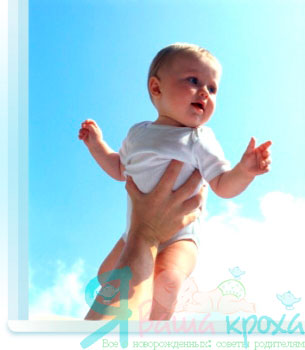
Start with a 10-minute walk, gradually increasing its time to 1.5-2 hours in winter and up to 2 or more hours in summer. Walking is recommended at least 2 times a day. In summer, in fine weather, the number of walks can be unlimited - the more the better. In frosts below -15 C it is not advisable to go out with the kids for up to a year, but if there is no wind, you can walk for a few minutes at -20 C. Try not to wrap the baby, but also not to dress too lightly. It is best to choose clothes for a walk the same as yourself - according to your feelings.
Walking improves the functioning of the nervous cardiovascular system, tempers and prevent ricketsincrease appetite.
Rules for hardening
- systematic and regular classes. Termination of procedures leads to a decrease in the adaptive properties of thermoregulation. In babies up to a year, this happens after a week-long break;
- gradual change in temperature. Getting used to the annoying effect in the body occurs gradually, therefore, hardening procedures need to start with very minor changes;
- monitor the physiological and psychological response of children. The skin on the feet and hands should be warm. Cold limbs and nose, "goose bumps" are signs that the child is uncomfortable. In this case, do not lower the temperature and increase the procedure time. If the baby is cold, naughty, you need to dress him;
- Set an example for children (temper together).
It is worth stopping the hardening
- with acute respiratory diseases (runny nose, tonsillitis, etc.);
- at elevated temperature (about 37 C or more);
- if the child froze on a walk.
After the illness, it is better to start hardening all over again, again from the maximum temperature and minimum time, gradually, in the same mode.
Read on:
- Hardening by the sun
- Hardening of children: how and from what age to temper a child (hardening methods)
The Brovchenko family. Hardening. How do we dress babies when sleeping on the street in the month of March

